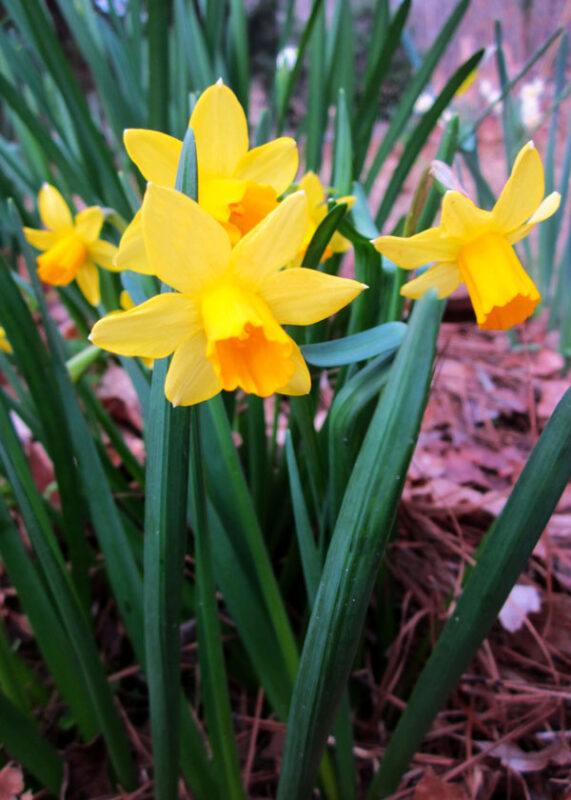Flowers – A language all their own – By Diane Morey Sitton
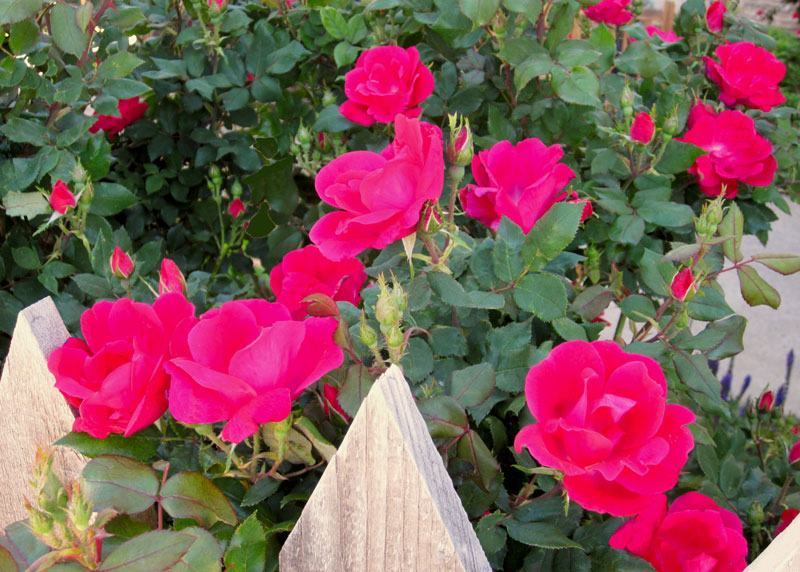
As if the velvety petals of roses, the intoxicating scent of sweet peas and the heart-shaped foliage of cyclamen weren’t expressive enough, turns out that flowers have a language all their own. And at no time during the year do they speak louder or with more conviction than on Valentine’s Day.
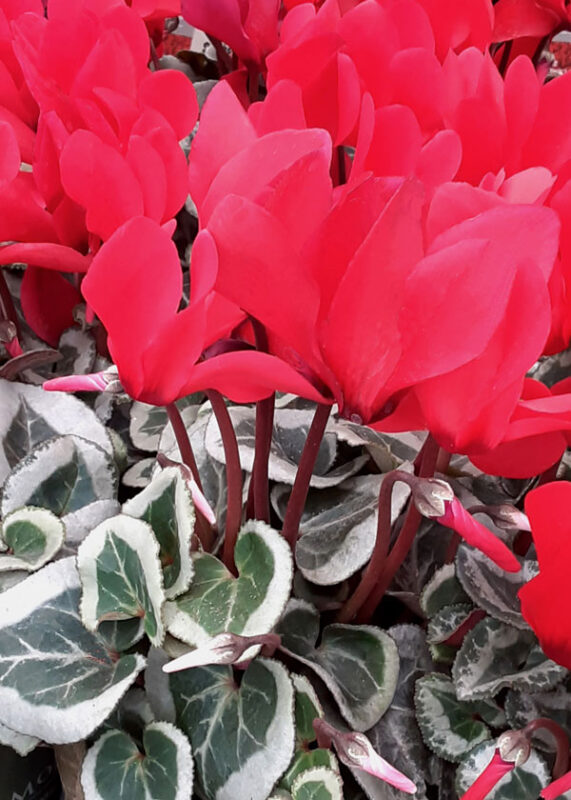
The chatter reached its heyday during the Victorian era when a nosegay was, well, more than a nosegay. Instead, the sweet bouquet was a coded message used to express feelings which couldn’t be spoken aloud. Love was in the air if a courier arrived with red roses, signaling love and devotion. Not so if the roses were yellow, a symbol of friendship. And dreaded cyclamen—despite its heart-shaped foliage and heady red blooms, cyclamen was the Victorian version of a “Dear John” letter, each luscious petal spelling out “It’s over, adieu.”
In the language of flowers, however, all was not lost even after a floral good-bye.
Daffodil, the perky yellow harbinger of spring, not only symbolized new beginnings, but a bouquet of the cheerful blooms could be used to say, “I’m sorry.” Furthermore, daffodils were a flower of good luck and prosperity … that is, only when given in a bunch. A single, lonely bloom was an omen of dark days ahead.
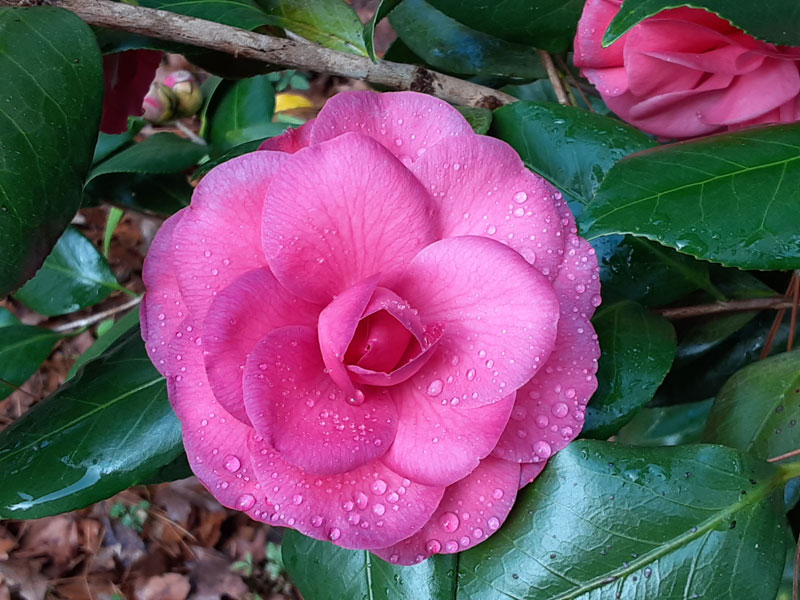
Ever creative and dedicated to the arts, the Victorians coined the colorful name “floriography” to describe the age-old art form of associating certain flowers with meanings and emotions. It is said that in 1717, after a stint in Turkey with her ambassador husband, Lady Mary Wortley Montagu introduced the language of flowers to the United Kingdom.
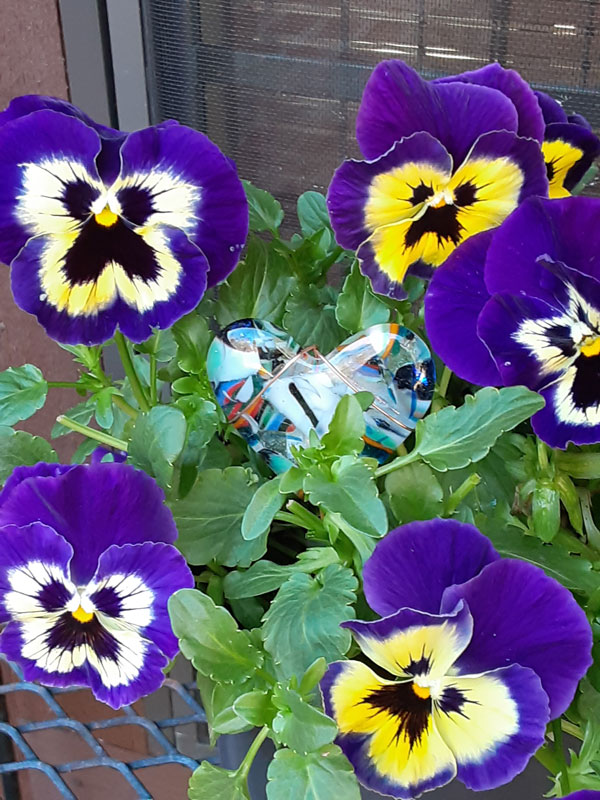
Nobility there were smitten with floral symbolism. Even William Shakespeare took to flowers to express his characters’ feeling and emotions: violets, primroses, pansies and columbines played parts in Hamlet; and who could ever forget Juliet’s famous quote in Romeo and Juliet, “What’s in a name? That which we call a rose by any other name would smell as sweet.”
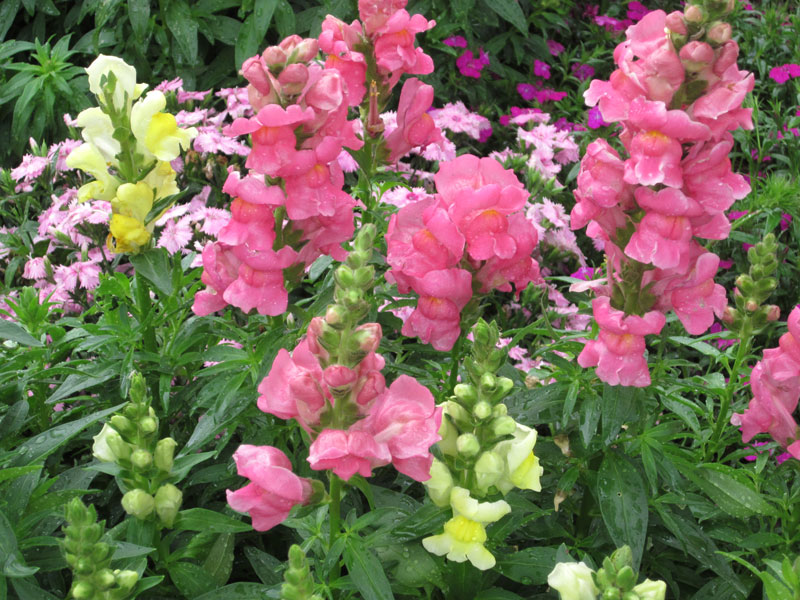
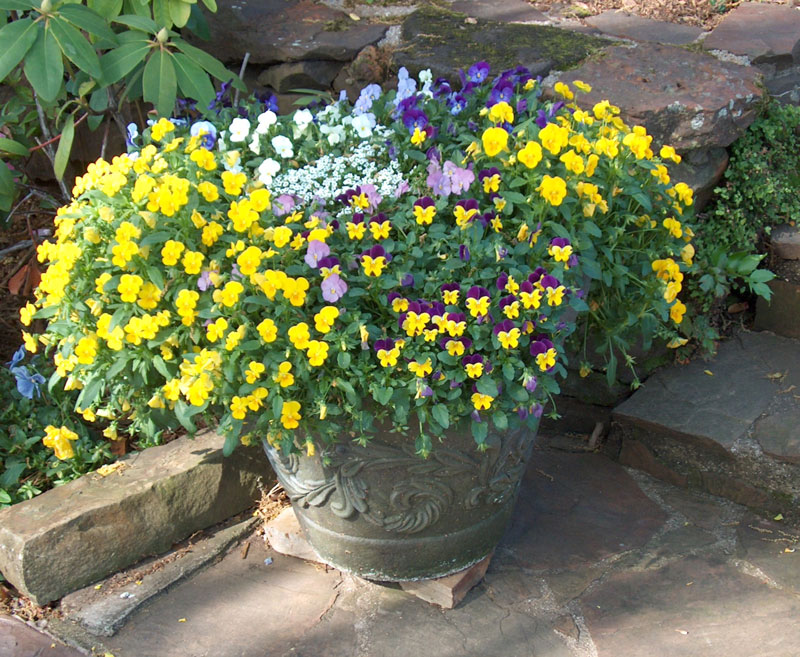
Like the flowers themselves, the language of flowers flourished. Decades passed, books, floral dictionaries and beautifully illustrated posters proliferated, and, today, online lists of flowers and their meanings are as common as daisies.
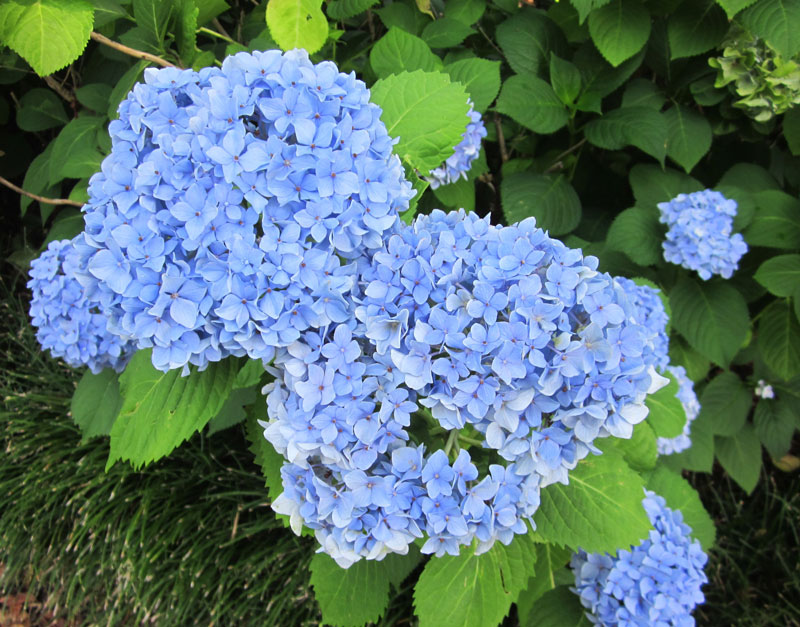
Have some of the meanings changed? Perhaps. Are the colors of flowers less important than during the Victorian era? Maybe. Has the number of blooms in a nosegay or arrangement become less significant? You be the judge.
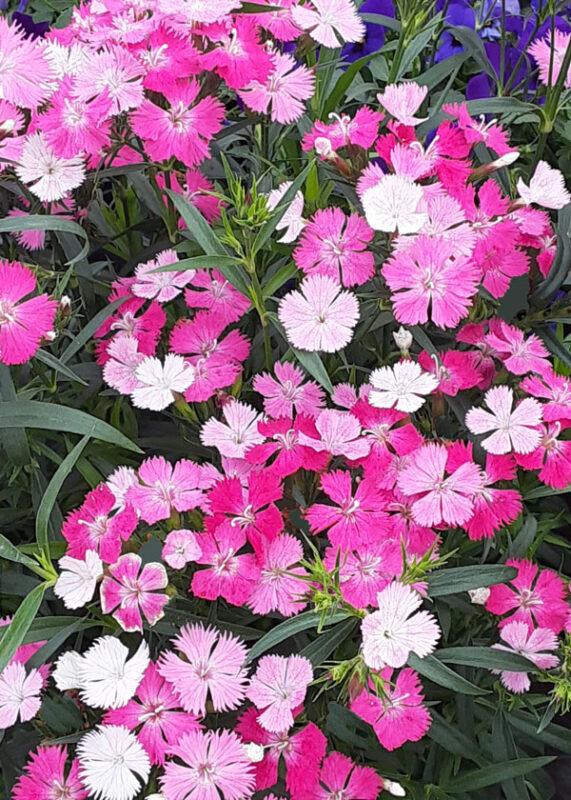
Despite cultural changes brought on by the passing of time, one thing remains the same. With all their textural intricacies, exhilarating scents, and rich colors, come Valentine’s Day flowers will still be the talk of the town.

